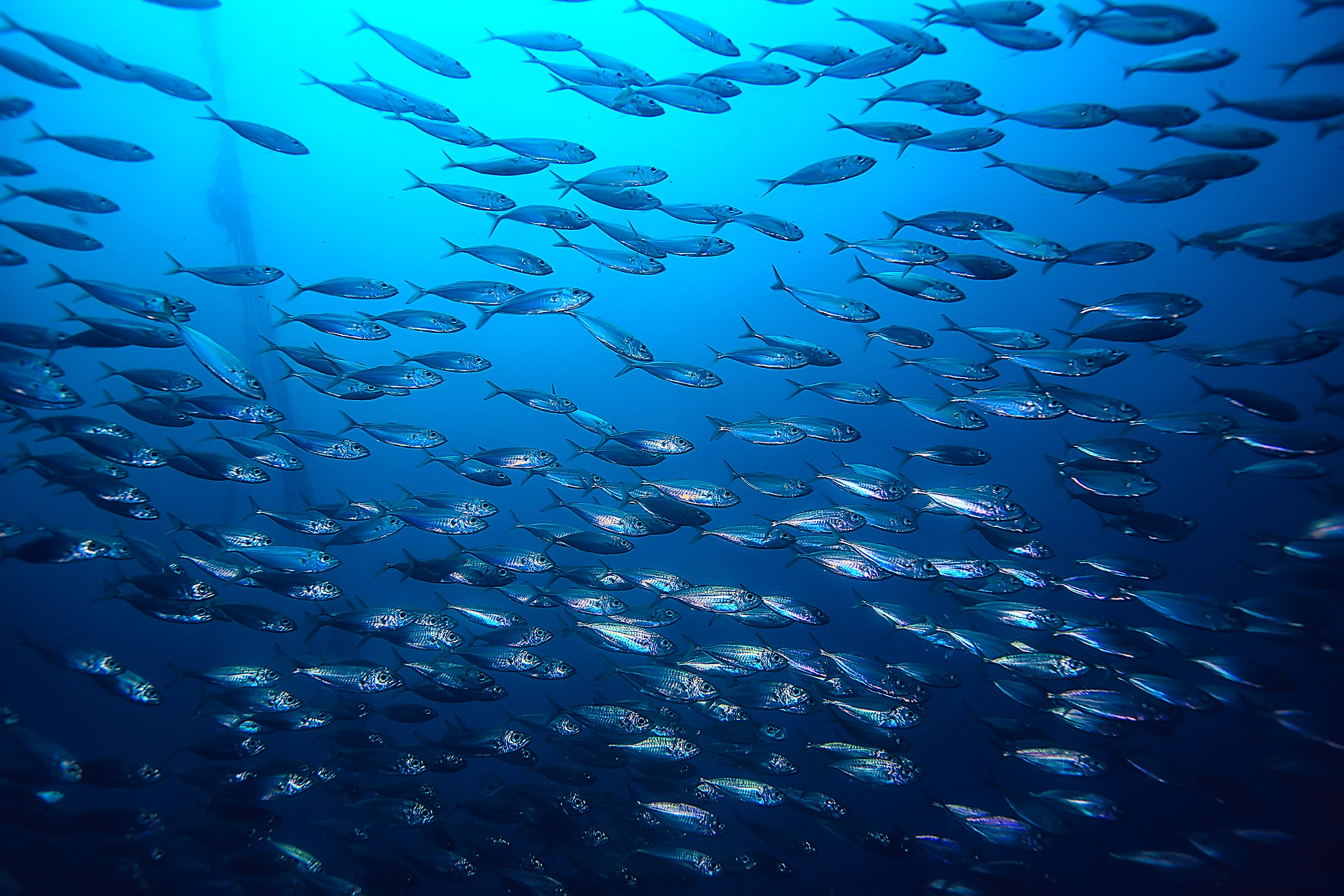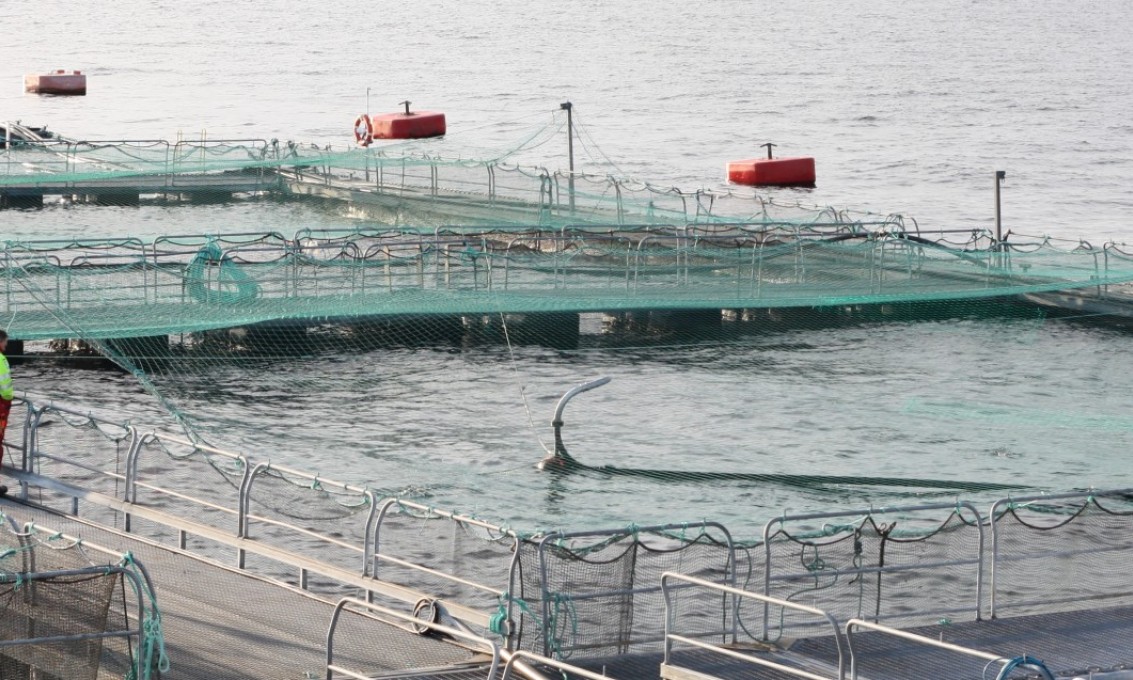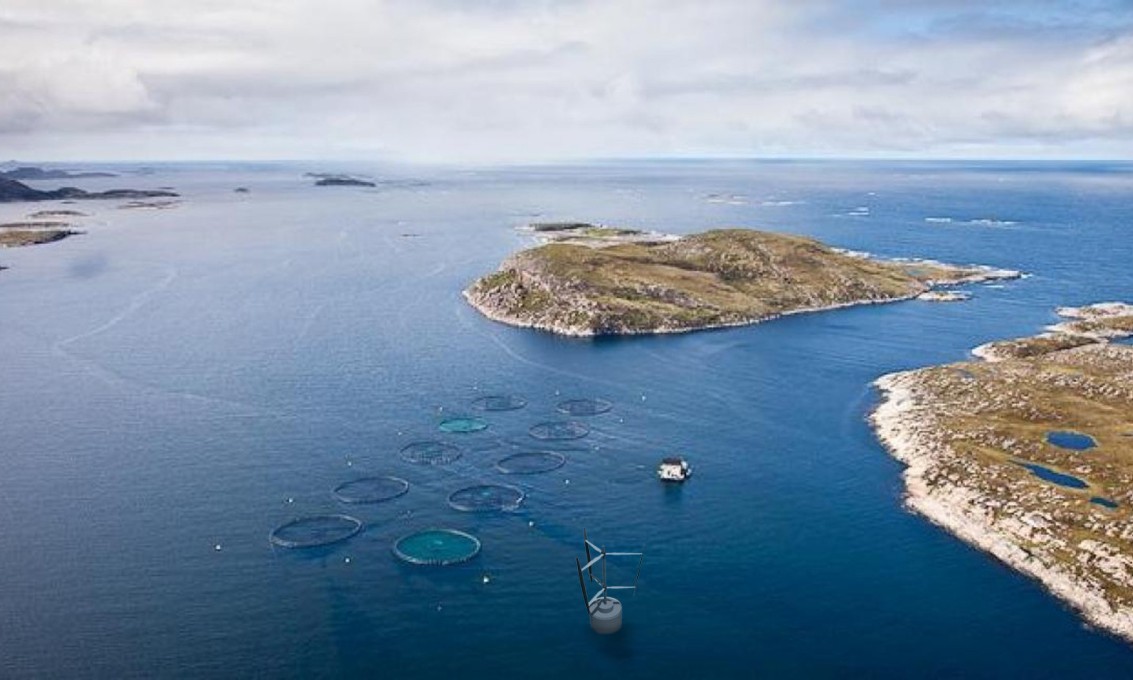The industry of aquaculture is a fast-growing industry. An international project from UiS will help solve sustainability issues in this industry by using economic theory.
Aquaculture is a rapidly growing industry. The main drivers for this growth can be found in stagnating wild fish catches and increasing demand for healthy foods. The industry is also facing some growing pains. Examples are that there are progressively more conflicts with other users of marine areas, growing concerns about the environmental impact of aquaculture, as well as the health and well-being of the species in aquaculture. The industry's performance on Environmental, Social, and Governance (ESG) criteria is becoming more important among socially conscious investors, and sustainability is already an important driver for company behaviour. And that is a development that is likely to escalate in the future.
In Norway, the salmon aquaculture has been an incredible success since the commercial breakthrough in the early 1970's. But there are concerns about the industry's environmental impact and the negative effects on fish health and survival. So since 2012, the production growth has stagnated. At the same time, politicians have high ambitions for production growth in the future. But these goals can only be possible if the future growth is deemed sustainable by society.

Now an international project at UiS, lead by professor Bård Misund, will use economic theory to help solve these sustainability issues in aquaculture. The aim is to provide society with economic tools to help in its attempts to strike a balance between positive and negative impacts of aquaculture, in addition to promote aquaculture practices that are in order with the demands for a sustainable growth.
Key topics in this project are:
- Valuation of externalities in salmon aquaculture
- Private costs of sea lice infestations
- Private costs of diseases in salmon aquaculture
- The cost-benefit of regulations in salmon aquaculture
- The impact of technological shifts in dealing with externalities in salmon aquaculture

